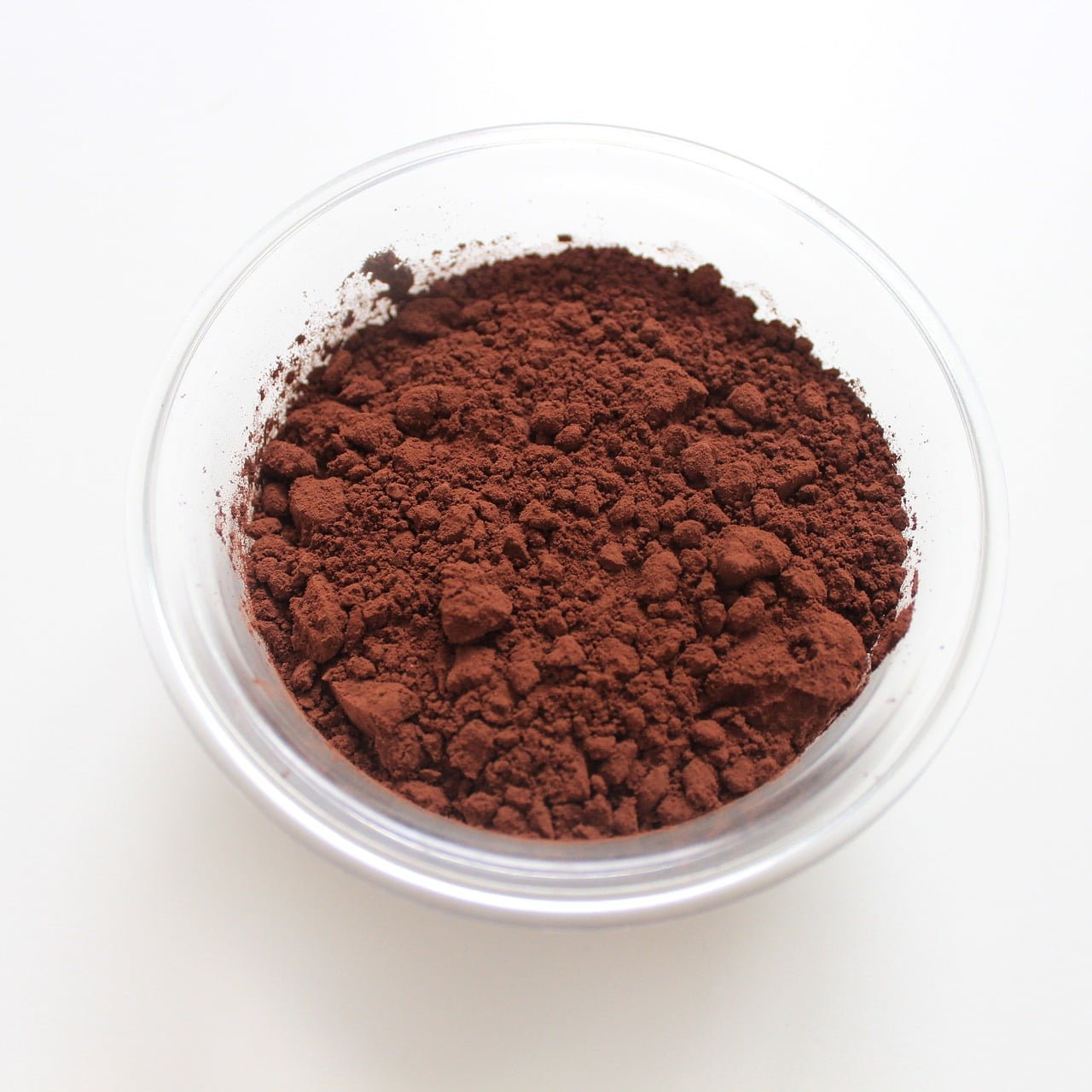Table of Contents
Introduction
The Benefits of Squatting During Pregnancy
Safety Tips for Squatting While Pregnant
Consult Your Doctor First
Focus on Proper Form
Use a Support if Needed
Breathe Deeply
Avoid Deep Squats in Later Trimesters
When to Avoid Squatting During Pregnancy
5 Best Squat Variations for Pregnancy
Bodyweight Squats
Sumo Squats
Wall Squats
Supported Squats
Chair Squats
Conclusion
Introduction
Squatting while pregnant is a powerful way to stay fit and prepare your body for labor. Not only does squatting strengthen your lower body, but it also enhances flexibility and balance, which are crucial as your pregnancy progresses. In this article, we’ll explore the incredible benefits of squatting during pregnancy, essential safety tips, and introduce you to five of the best squat variations that are safe and effective.
The Benefits of Squatting During Pregnancy
Squatting during pregnancy provides multiple benefits:
Strengthens Lower Body: Squats target key muscle groups like the glutes, quads, and hamstrings, which support your growing belly and alleviate lower back pain.
Prepares for Labor: Squats help open the pelvis, making it easier for the baby to move down during labor. Many healthcare providers recommend squatting as part of birth preparation.
Improves Balance and Stability: As your center of gravity shifts, squatting while pregnant helps you maintain balance and strengthens your core.
Boosts Circulation: Squatting can improve blood flow to your lower body, reducing swelling and the risk of varicose veins.
Safety Tips for Squatting While Pregnant
When it comes to squatting during pregnancy, safety is paramount. Here’s how to do it right:
Consult Your Doctor First
Before starting or continuing any exercise routine, including squatting while pregnant, consult your healthcare provider. They can offer personalized advice based on your specific pregnancy and health history.
Focus on Proper Form
Maintaining proper form is essential. Stand with your feet shoulder-width apart, keep your back straight, and lower yourself as if sitting back into a chair. Ensure your knees don’t extend beyond your toes and keep your weight in your heels. Improper form can lead to injury, so consider working with a prenatal fitness coach.
Use a Support if Needed
As your pregnancy progresses, your balance may change. Don’t hesitate to use a chair, wall, or stability ball for support while squatting. This will help you perform the exercise safely without risking a fall.
Breathe Deeply
Breathing is crucial during exercise. Inhale as you lower into the squat and exhale as you rise. This helps maintain oxygen flow to you and your baby.
Avoid Deep Squats in Later Trimesters
In the later stages of pregnancy, deep squats might place unnecessary strain on your pelvic floor. Opt for shallow squats or half squats to maintain strength without overexerting yourself.
When to Avoid Squatting During Pregnancy
While squatting offers numerous benefits, there are situations where it’s best to avoid it:
Placenta Previa: If diagnosed with placenta previa, squats may increase the risk of complications. Avoid them unless advised otherwise by your doctor.
Severe Pelvic Pain: If you experience severe pelvic pain, squats may worsen the discomfort. Consult your healthcare provider for safer alternatives.
High-Risk Pregnancy: If your pregnancy is considered high-risk, or if advised against certain physical activities, avoid squats until cleared by your doctor.
5 Best Squat Variations for Pregnancy
To keep your workout routine safe and effective, here are five squat variations that are particularly beneficial during pregnancy:
1. Bodyweight Squats
Classic bodyweight squats are excellent for building strength without adding strain to your joints. To increase stability, hold onto a chair or perform the squat against a wall.
2. Sumo Squats
Sumo squats involve standing with your feet wider than shoulder-width apart and your toes pointed slightly outward. This variation targets the inner thighs and helps open up the pelvis.
3. Wall Squats
Stand with your back against a wall and lower into a squat, keeping your back in contact with the wall for support. This variation is great for maintaining balance and reducing pressure on the lower back.
4. Supported Squats
Use a stability ball between your lower back and a wall for added support as you squat. This variation is gentle on the body and helps improve balance.
5. Chair Squats
Chair squats involve sitting back onto a chair and then rising back up. This variation is particularly useful for those in the later stages of pregnancy when deeper squats may be challenging.
Conclusion
Squatting while pregnant is an excellent way to maintain your fitness, prepare for labor, and support your overall health. By following these safety tips and incorporating the right squat variations, you can confidently include squats in your pregnancy exercise routine. Always listen to your body and consult with your healthcare provider to ensure that your squatting routine is safe for both you and your baby.
Ready to incorporate squats into your pregnancy workout plan? Contact us at Family First Fitness for personalized prenatal fitness guidance and support.
External Resources
American College of Obstetricians and Gynecologists (ACOG) on Exercise During Pregnancy
Related Posts

Best Protein Pasta Options: Our Top 3 Picks
When it comes to making healthier food choices, incorporating more protein into your diet is essential. For pasta lovers looking

Organic Protein Powder: Our Top 3 Best Picks
Top 3 Organic Protein Powders: Ko’s, Garden of Life, and Orgain In today’s health-conscious world, protein powders have become a

